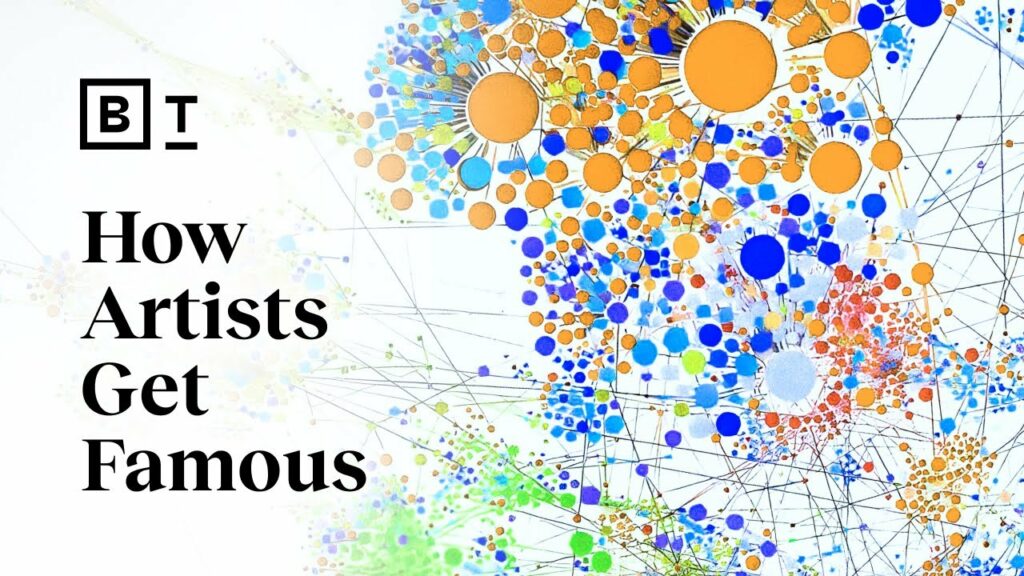How Artists Get Famous: A Physicist Reveals How Networks (and Not Just Talent) Contribute to Artistic Success

“The inhabitants of fifteenth-century Florence included Brunelleschi, Ghiberti, Donatello, Masaccio, Filippo Lippi, Fra Angelico, Verrocchio, Botticelli, Leonardo, and Michelangelo,” writes tech investor and essayist Paul Graham. “Milan at the time was as big as Florence. How many fifteenth century Milanese artists can you name?” Once you get thinking about the question of “what happened to the Milanese Leonardo,” it’s hard to stop. So it seems to have been for network physicist Albert-László Barabási, whose work on the distribution of scientific genius we featured last month here on Open Culture. Graham’s speculation also applied to that line of inquiry, but it applies much more directly to Barabási’s work on artistic fame.
“In the contemporary art context, the value of an artwork is determined by very complex networks,” Barabási explains in the Big Think video above. Factors include “who is the artist, where has that artist exhibited before, where was that work exhibited before, who owns it and who owned it before, and how these multiple links connect to the canon and to art history in general.” In search of a clearer understanding of their relative importance and the nature of their interactions, he and a team of researchers gathered all the relevant data to produce “a worldwide map of institutions, where it turned out that the most central nodes — the most connected nodes — happened to be also the most prestigious museums: MoMA, Tate, Gagosian Gallery.”
So far, this may come as no great surprise to anyone familiar with the art world. But the most interesting characteristic of this network map, Barabási says, is that it “allowed us to predict artistic success. That is, if you give me an artist and their first five exhibits, I’d put them on the map and we could fast-forward their career to where they’re going to be ten, twenty years from now.” In the past, the artists who made it big tended to start their career in some proximity to the map’s central institutions.”It’s very difficult for somebody to enter from the periphery. But our research shows that it’s possible”: such artists “exhibited everywhere they were willing to show their work,” eventually making influential connections by these “many random acts of exhibition.”
This research, published a few years ago in Science, “confirms how important networks are in art, and how important it is for an artist to really understand the networks in which their work is embedded.” Location matters a great deal, but that doesn’t consign talent to irrelevance. The more talented artists are, “the more and higher-level institutions are willing to work with them.” If you’re an artist, “who was willing to work with you in your first five exhibits is already a measure of your talent and your future journey in the art world.” But even if you’re not an artist, you underestimate simultaneous importance of ability and connections — and how those two factors interact with each other — at your peril. From art to science to insurance claims adjustment to professional bowling, every field involves networks: networks that, as Barabási’s work has shown us, aren’t always visible.
Related Content:
An Interactive Social Network of Abstract Artists: Kandinsky, Picasso, Brancusi & Many More
An Animated Bill Murray on the Advantages & Disadvantages of Fame
Why Einstein Was a “Peerless” Genius, and Hawking Was an “Ordinary” Genius: A Scientist Explains
Based in Seoul, Colin Marshall writes and broadcasts on cities, language, and culture. His projects include the Substack newsletter Books on Cities, the book The Stateless City: a Walk through 21st-Century Los Angeles and the video series The City in Cinema. Follow him on Twitter at @colinmarshall or on Facebook.


